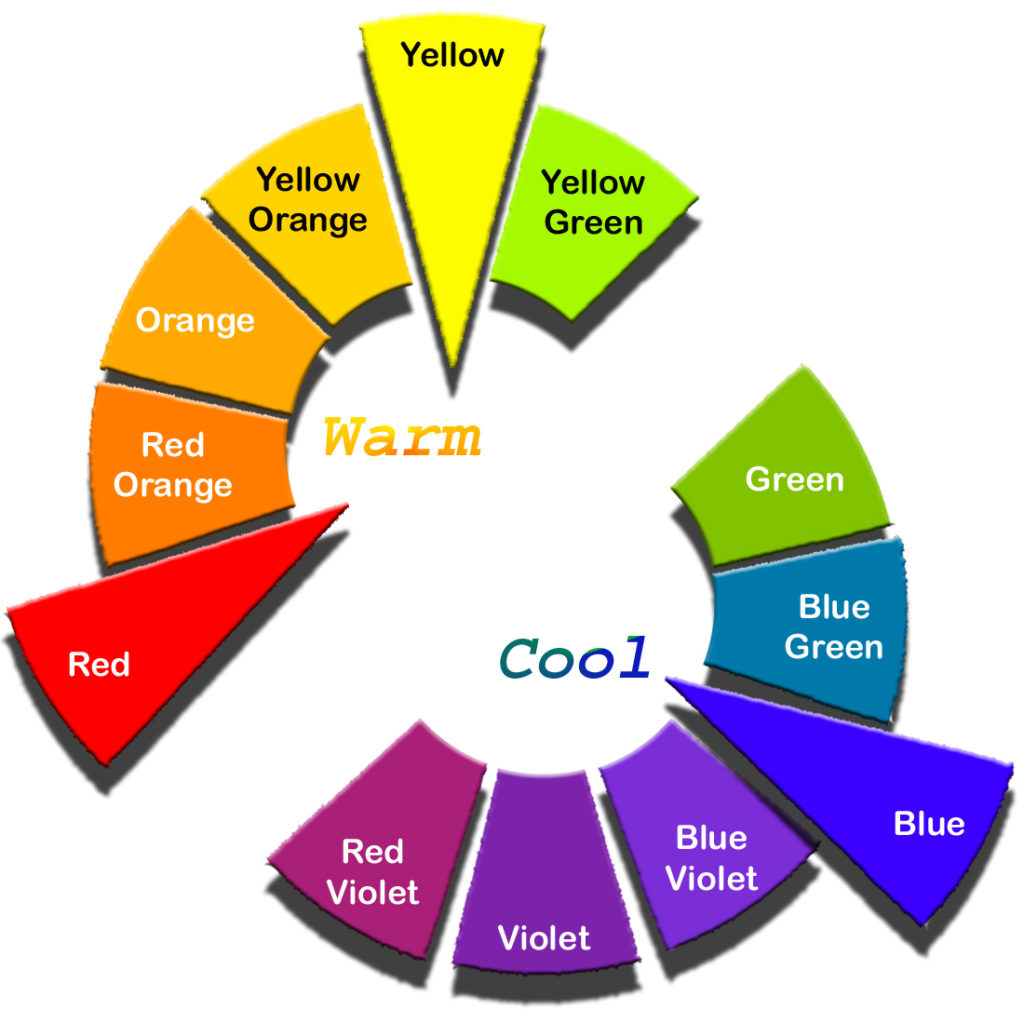Understanding Your Personal Color Palette: Cool Or Warm?
Understanding Your Personal Color Palette: Cool or Warm?
Related Articles: Understanding Your Personal Color Palette: Cool or Warm?
Introduction
With great pleasure, we will explore the intriguing topic related to Understanding Your Personal Color Palette: Cool or Warm?. Let’s weave interesting information and offer fresh perspectives to the readers.
Table of Content
Understanding Your Personal Color Palette: Cool or Warm?

The concept of "cool" and "warm" tones is often associated with personal style and fashion, but it extends beyond clothing choices. It delves into the nuances of your individual color preferences, influencing everything from your choice of makeup and hair color to your preferred interior design and even the way you perceive the world around you. This inherent preference for cool or warm colors reflects a fundamental aspect of your personal aesthetic, impacting how you present yourself and how others perceive you.
Defining Cool and Warm Tones
The distinction between cool and warm tones lies in the underlying color spectrum.
- Cool tones are characterized by colors that evoke a sense of coolness, serenity, and often have a bluish or greenish undertone. These colors include blues, greens, purples, and even some shades of pink and red that lean towards a cooler hue.
- Warm tones are associated with colors that radiate warmth, energy, and often have a yellowish or reddish undertone. These include yellows, oranges, reds, and certain browns that lean towards warmer hues.
Determining Your Personal Tone
While there is no definitive test to determine whether you are a cool or warm tone, several factors can provide valuable insights:
-
Skin Undertones: Observe your skin in natural light.
- Cool undertones: Skin appears pink, rosy, or even slightly bluish. Veins appear more blue or purple.
- Warm undertones: Skin has a golden, peach, or olive hue. Veins appear more green.
-
Hair Color:
- Cool tones: Hair typically has ash, platinum, or silver undertones.
- Warm tones: Hair has golden, reddish, or honey-like undertones.
-
Eye Color:
- Cool tones: Eye colors often include blue, green, or gray.
- Warm tones: Eye colors typically include brown, hazel, or amber.
-
Jewelry Preferences:
- Cool tones: Silver, platinum, and white gold jewelry tend to flatter.
- Warm tones: Gold, rose gold, and copper jewelry often enhance your features.
-
Color Preferences:
- Cool tones: You may gravitate towards blues, greens, purples, and even some shades of pink and red that lean towards a cooler hue.
- Warm tones: You may be drawn to yellows, oranges, reds, and certain browns that lean towards warmer hues.
The Significance of Understanding Your Tone
Understanding your personal color palette, whether cool or warm, offers a multitude of benefits:
- Enhanced Personal Style: By dressing in colors that complement your skin, hair, and eye color, you can create a more harmonious and flattering look.
- Increased Confidence: Knowing what colors work best for you can boost your confidence and make you feel more comfortable in your own skin.
- Effective Communication: Color has a powerful impact on how we perceive others. Choosing colors that align with your personal tone can convey a specific message or mood.
- Improved Interior Design: Understanding your tone can guide your interior design choices, creating a space that feels cohesive and reflects your personal aesthetic.
FAQs
Q: What if I have both cool and warm undertones?
A: Some individuals may have a combination of cool and warm undertones, making it difficult to categorize them definitively. This is often referred to as having a "neutral" tone. In these cases, experimenting with different colors and observing which ones flatter you most can help determine your dominant tone.
Q: Can my tone change over time?
A: While your inherent undertones remain relatively consistent, external factors such as sun exposure, aging, and lifestyle choices can influence how your skin appears. Regularly reassessing your skin tone and making adjustments to your wardrobe or makeup routine as needed is recommended.
Q: What are some tips for incorporating my tone into my daily life?
A:
- Wardrobe: Choose clothing in colors that complement your skin, hair, and eye color.
- Makeup: Select foundation, blush, and eyeshadow colors that match your undertones.
- Hair Color: Consider dyeing your hair in shades that enhance your natural tone.
- Interior Design: Decorate your home with colors that create a soothing and harmonious ambiance.
- Personal Branding: Use colors that reflect your personality and values in your online presence and marketing materials.
Conclusion
Understanding your personal color palette, whether cool or warm, is a journey of self-discovery. It allows you to express your individuality and create a more cohesive and flattering look. By paying attention to your inherent preferences and exploring the nuances of color theory, you can enhance your personal style, boost your confidence, and communicate effectively through the power of color.








Closure
Thus, we hope this article has provided valuable insights into Understanding Your Personal Color Palette: Cool or Warm?. We thank you for taking the time to read this article. See you in our next article!
You may also like
Recent Posts
- Shaping The Homes Of Tomorrow: Home Decor Trends For 2025
- Navigating The Evolving Landscape Of Home Decor Trends: A Comprehensive Guide
- Weaving History And Home: A Guide To Unique Vintage Farmhouse Decor
- The Enduring Appeal Of Wooden Duck Home Decor: A Timeless Symbol Of Nature And Serenity
- Beyond The Ordinary: A Guide To Unique Home Decor Accessories
- Navigating The Fast Fashion Landscape: Exploring Alternatives To SHEIN
- A Global Network Of Home Improvement: The Reach Of The Home Depot
- Finding The Perfect Pieces: A Guide To Home Decor Shopping
Leave a Reply